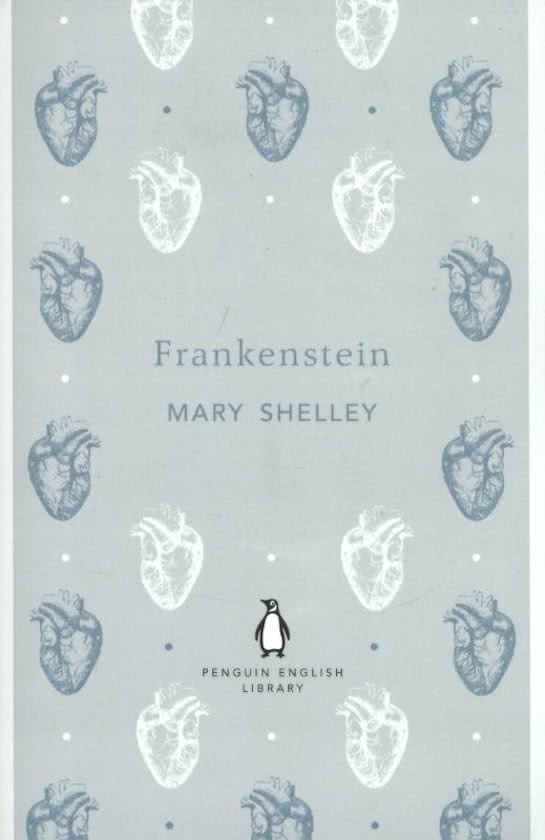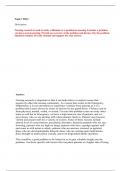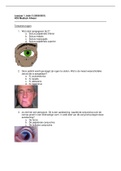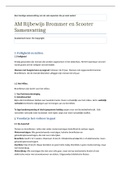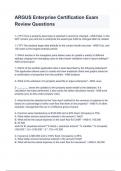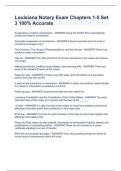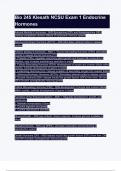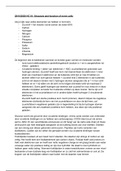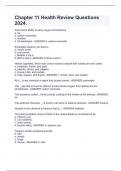Essay
A Level English Gothic Unseen Essay - Frankenstein
- Course
- Institution
- Book
This is an essay for the gothic unseen section of the A Level English Literature 'Comparative and Contextual Study' exam (the 2.5 hour long one). This essay is in response to a passage from Mary Shelley's 'Frankenstein'. This essay will help you understand what to include in the essays along with t...
[Show more]

